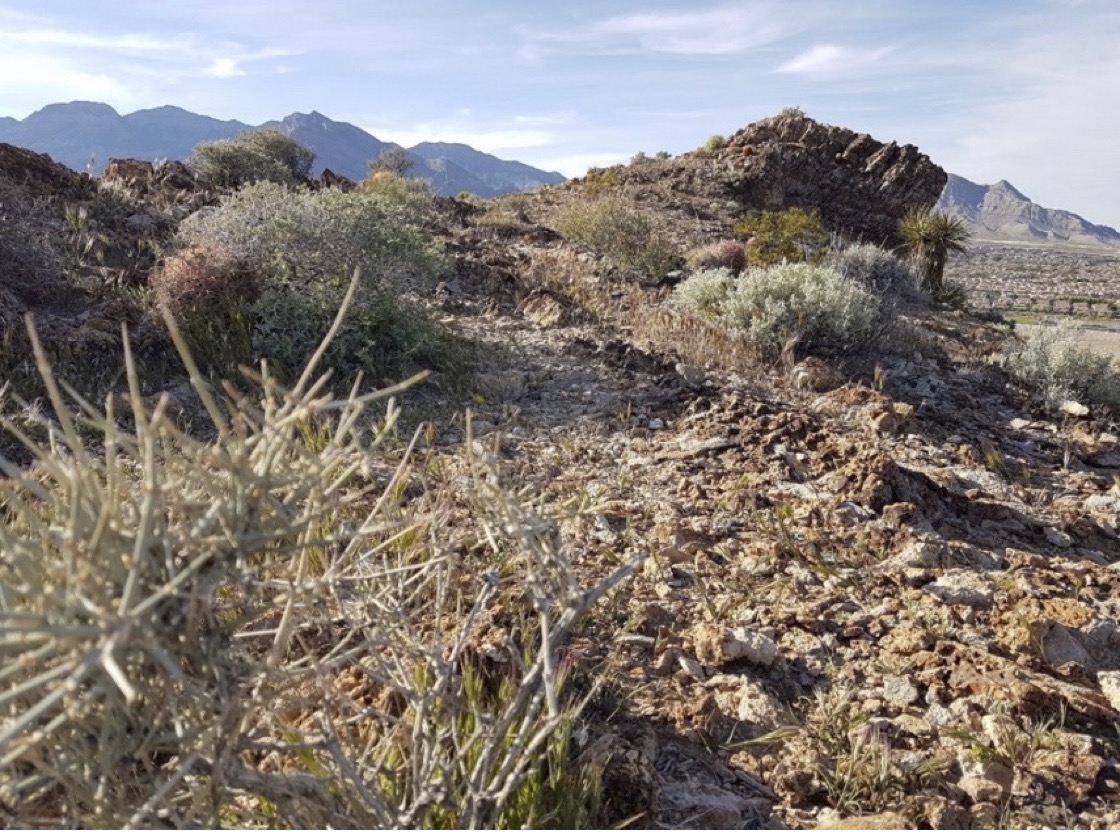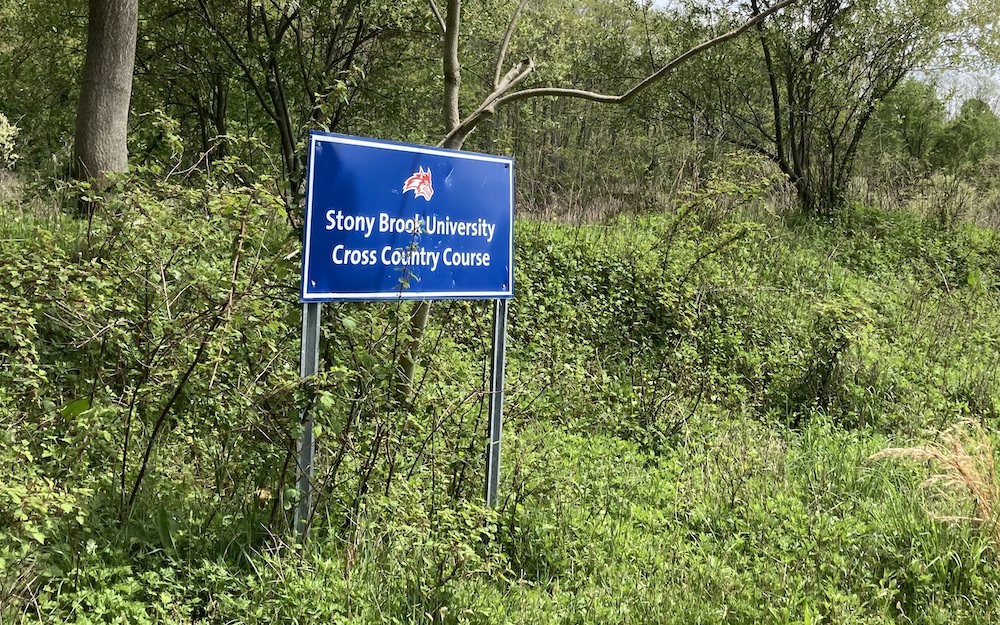
| Volume 39 Number 2 | Stony Brook, NY | < August 2023 > |
 |
 |
|
Welcome PGY-1 Residents!
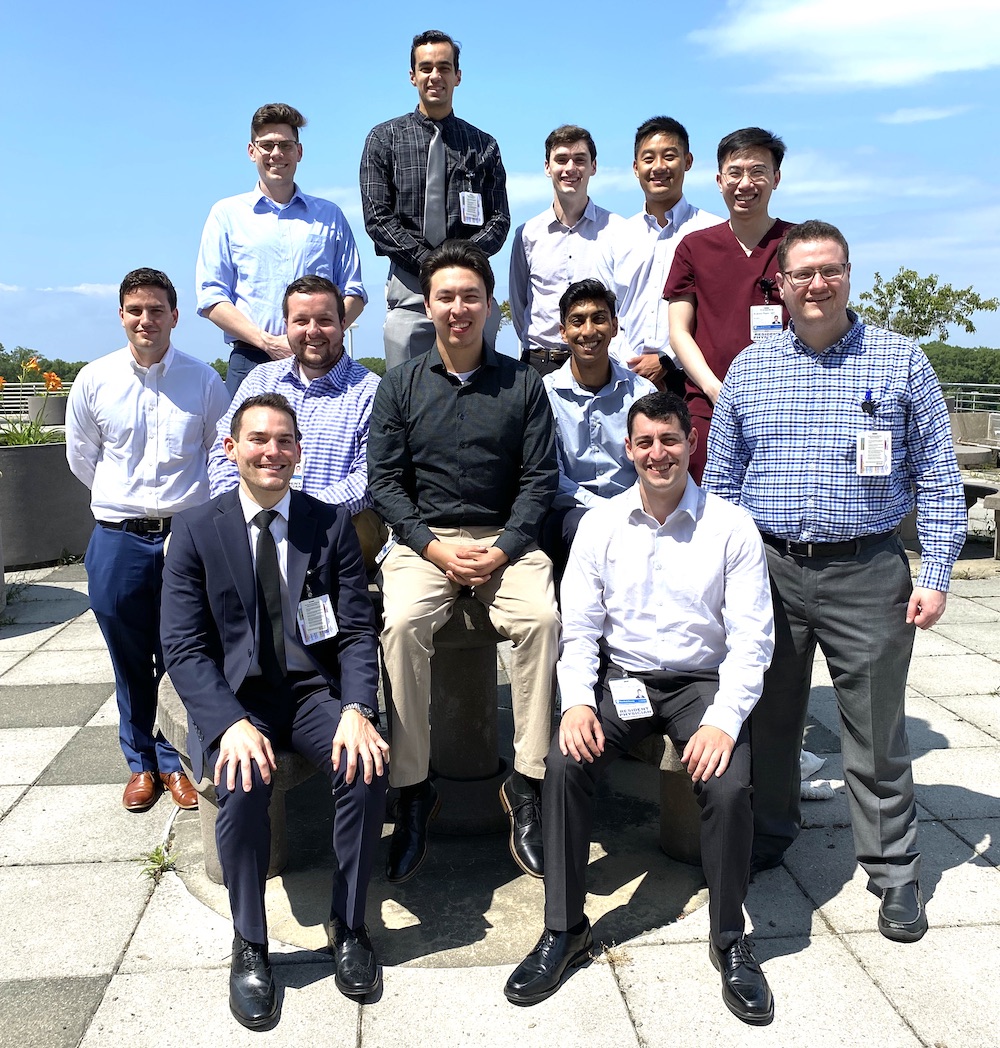
(back row left to right) Brandon Yonel MD, Stefano (Stephen) DiMaria MD, Luke Curran MD, Elias Ku MD, Andrew Pham MD (middle row left to right) Sean Fiola MD, Nicholas Mangano MD, Devon Patel MD, Seth Greenspan MD (front row left to right) Steven Davidson MD, William Crugnola MD, Andrew Cinquina MD |
|
STARS: STaff Appreciation and Recognition

“I have been to other providers for back treatment and have not gotten nearly the results which I’ve gotten with Dr. William Caldwell. I travel 140 miles to be treated by Dr. Caldwell, that in itself should convey how I feel about his office and staff. I recommend him highly to anyone.” 
I wanted to write a letter recognizing one of our residents - Dr. Zhaosheng Jin . On 7/7/23, I took the coordinator phone at 2pm and I think we had 5 leveled cases in addition to multiple add ons between 3pm and 8pm! Dr. Jin ran all over the OR with me, setting up rooms, helping with fiberoptic intubations, getting IV access, grabbing special equipment, etc. We had one level 1 I actually ran to the ED with the surgeon and ran the patient straight to the OR. She was relatively unstable and he got the room ready and did a really good job of getting the patient set up in the room, getting lines in, and managing the case. He was super helpful and I appreciated his hard work! Dr. Zhaosheng Jin subsequently reminded everyone that this was teamwork in action CRNA Cassandra Law was phenomenal that day! I honestly lost count of how many rooms we saw each other in that evening, (distinctly remember both of us being called out of a fibre-optic intubation, and a minute later ran into each other going into the level 1 crani room). Cass was there at every single OR, getting stuck in with setting up, moving patient and equipment, covering case, all the while coordinating the CRNAs for room coverage. After all of that commotion, she went straight back and covered a room for the rest of the shift. I have a few shout outs of my own from that evening. It was a busy shift and I was lucky to have had an amazing call team Drs. Tazeen Beg, Murad Elias and Youssef Fardos). Youssef, among other cases that evening, covered a COVID organ donation with very challenging family dynamics, assisted with multiple epidural placements on OB, and did it all with grace. Dr. Frederick Lehman was called back to the hospital (as the L1) to cover a room. He kindly finished the whole case by himself, giving us time to take breaks and set up other rooms. Dr. Thomas Corrado also very kindly came in and helped us tremendously in navigating the complexities of the aforementioned organ donation. |
|
SARAS 2023
Srinivas Pentyala, PhD
Friday, July 28, marked the final day of the 19th Annual 3-week SARAS (Science and Research Awareness Series) program! SARAS was initiated in 2004 to educate, excite and inspire young minds in biomedical sciences. This year, more than 70 Medical School/Hospital expert faculty and staff (along with a few out of state and International experts) interacted with 140 high school and undergrad students. This would not have been possible without the incredible support from administration, faculty colleagues and staff. Visit the SARAS webpage for details, photos, videos, and feedback about this year's and past year's programs. In the July 31 issue of Stony Brook Health Beat, Dr. Harold Paz, Executive Vice President of Health Sciences, CEO of Stony Brook University Medicine, noted that he was delighted to help welcome the SARAS students. On the opening day, he spoke to the students on "Managing Health Care". 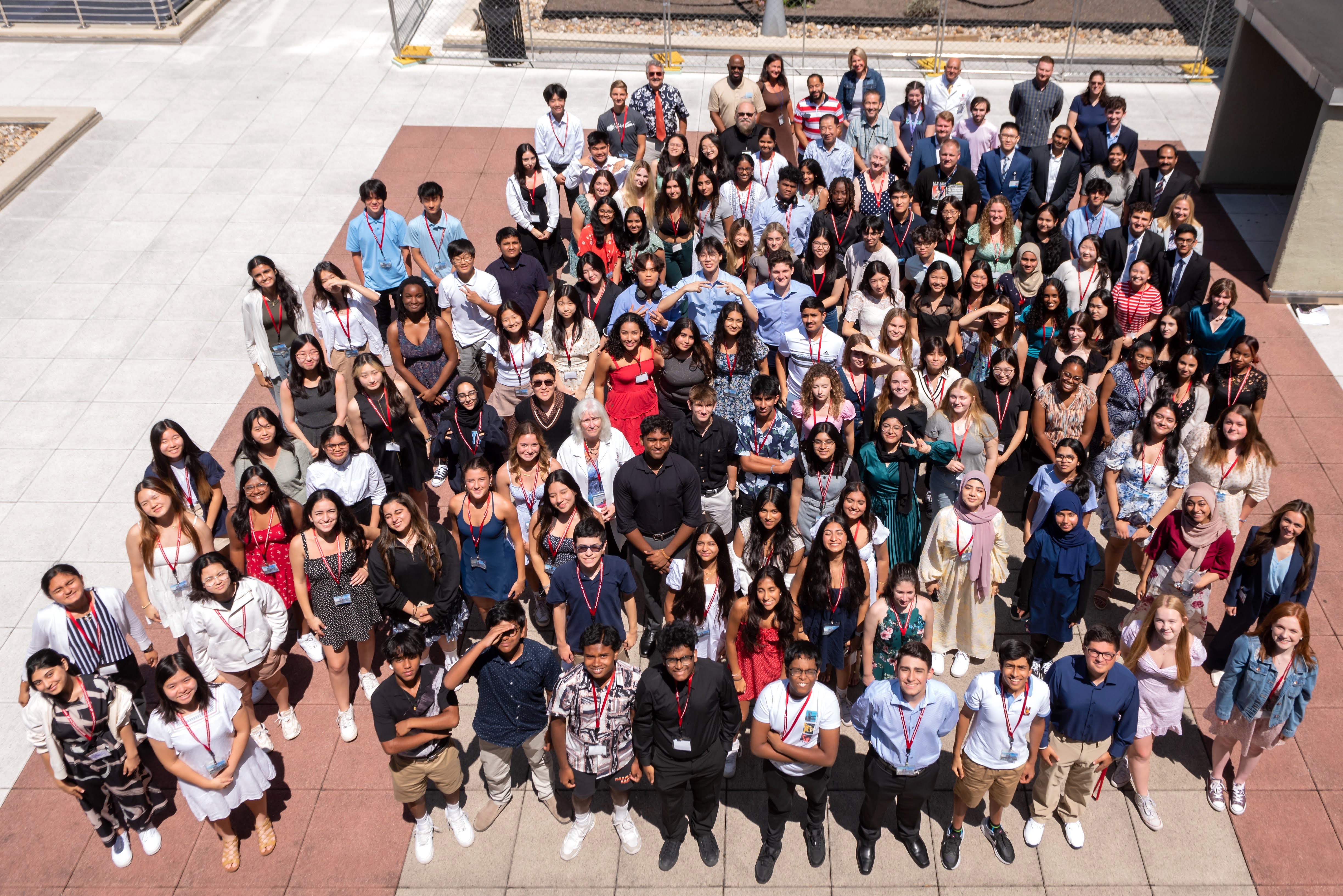
SARAS 2023 Group Photo 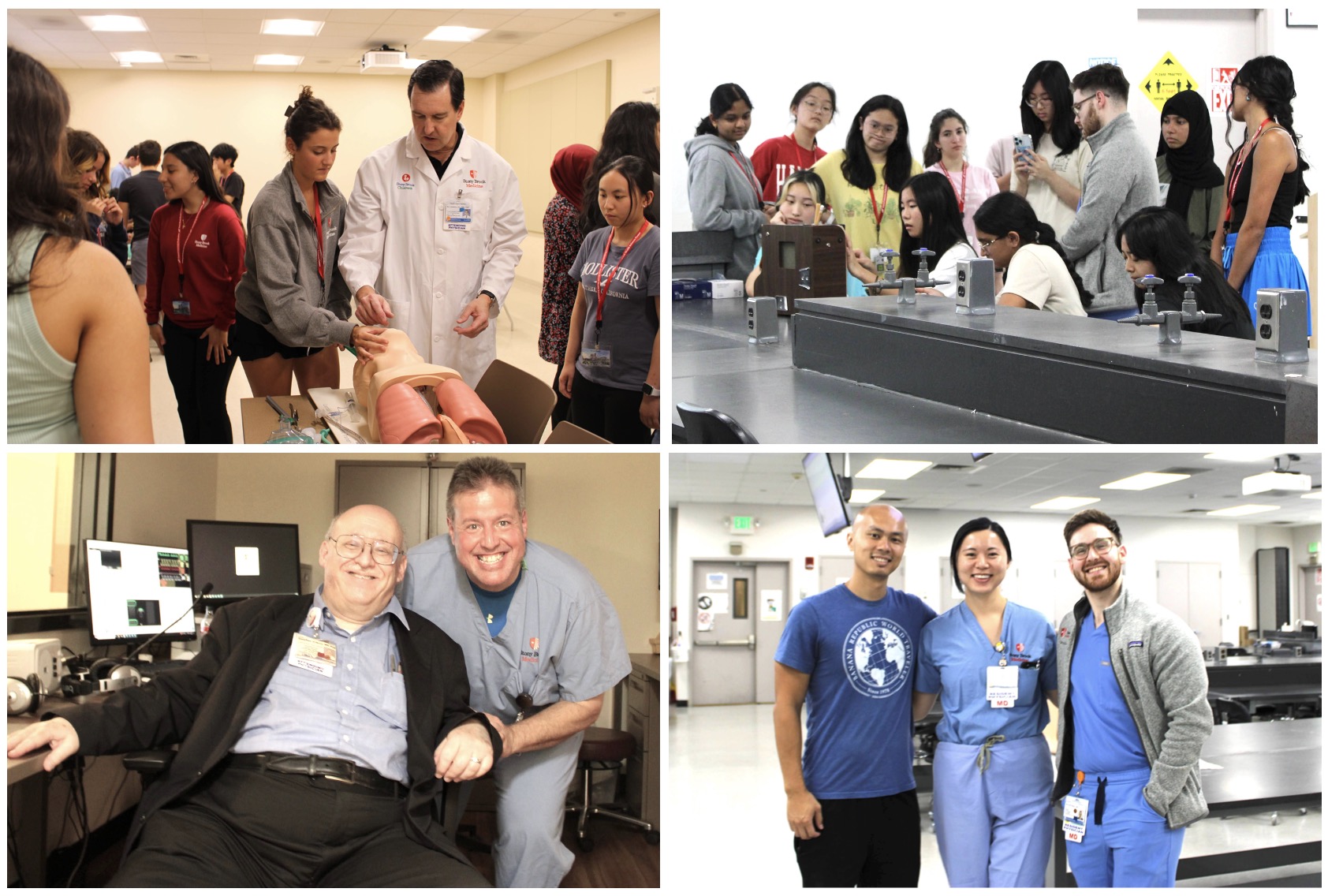
Our Faculty and Residents who taught Clinical Skills in SARAS 2023 |
|
Kudos
Elizabeth Wang, daughter of Joy Schabel and Edward Wang, graduated Summa Cum Laude from Harvard University. She will be attending Johns Hopkins School of Medicine this fall. Congratulations!
Dr. Srinivas Pentyala was selected for the Excellence in Teaching an In-Person Course Award by the Center for Excellence in Learning and Teaching (CELT). The award will be presented at the Celebration of Teaching event on Wednesday August 23rd from 10:30am-12:30pm and will be presented by Provost Carl Lejuez. Congratulations Srini! |
|
Nightlight Spotlight: Research Chief Resident Dr. Jin
Vincent Bargnes, MD
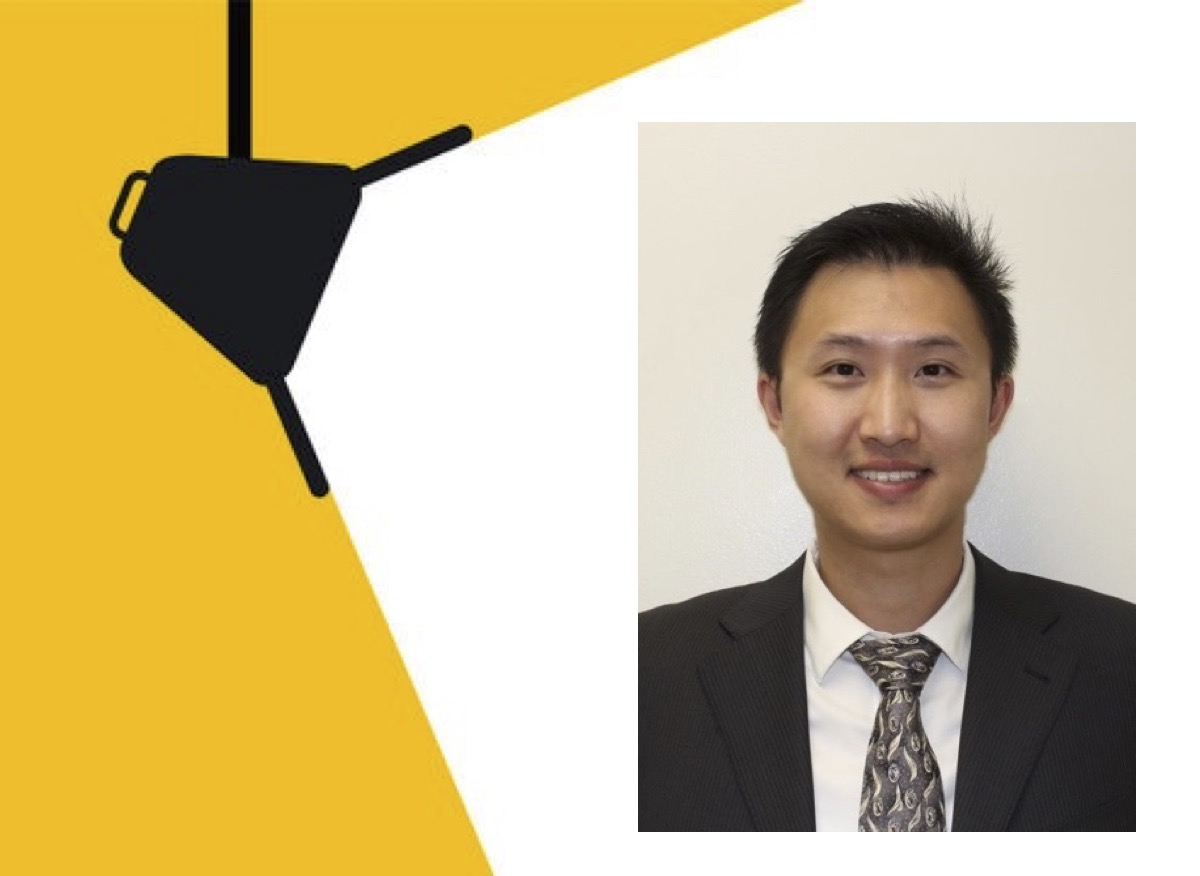
Can you tell us a little about your background? I was born in Shanghai, China. Contrary to the sound of my accent, I actually grew up in England. I went to medical school at Imperial College London and did a couple of years of anesthesia residency over there too. Prior to starting my residency at Stony Brook, I was a research fellow with Drs. Jun Lin and Sergio Bergese. Favorite borough of London? Probably Havering, it’s where I had my first job (as an intern), where I decided to pursue US training, and ultimately my last home before moving to the US. Life seems to have a way of bringing me back there, and it has grown on me. How did you get started on photography? I got into photography while traveling with family on vacation, and some of these photos have become very sentimental to me. Photography is a way to capture not just the scene, but also the company and the experience of the moment.
I love the fact that everything we do in anesthesiology is rooted in an understanding of physiology, pharmacology, and physics. Despite how much the field has advanced, everything we do in clinical practice still revolves around the applications of science. On the hand, there are also a lot of opportunities for procedures. Even during a busy shift or case, the moments spent focusing on doing blocks or lines can be very peaceful, almost meditative. What attracted you to Stony Brook’s anesthesiology residency? For me, it was a no-brainer. I came here as an international medical graduate (IMG) researcher; the department always made me feel welcome and supported (Dr. Beg remembered who I was and that I shadowed her even after more than a year). I also remember one time I went to the wrong OR by mistake, and Dr. Izrailtyan still allowed me to shadow him for the case. Speaking from my experience as a resident, the department is also tremendously supportive of residents’ professional pursuits. When opportunities like research and the ASA Resident Council position came up, the faculty moved mountains to facilitate. How did you get started in research? I started off during the latter part of medical school. Scientific writing was initially a massive struggle, but I was lucky enough to have supportive faculty who encouraged me to persevere. Clinical experience alone may not provide someone with the skills required for scholarly activities. But just like learning anesthesia for the first time, once you are over that learning curve, you gain a lot of opportunities for creative expression, while also developing skills that can complement your clinical practice. Congratulations on becoming the inaugural Research Chief Resident! Can you tell us about the Academic Mentorship and Engagement Program (AMEP)? Thank you! This is a program we initially started with the aim of providing project opportunities for the residents. Since then, the focus has expanded to optimizing the existing academic processes in the department while creating new infrastructure to facilitate departmental scholarly activities. The goal is to support scholarly activities around resident, attending, and student clinical duties. 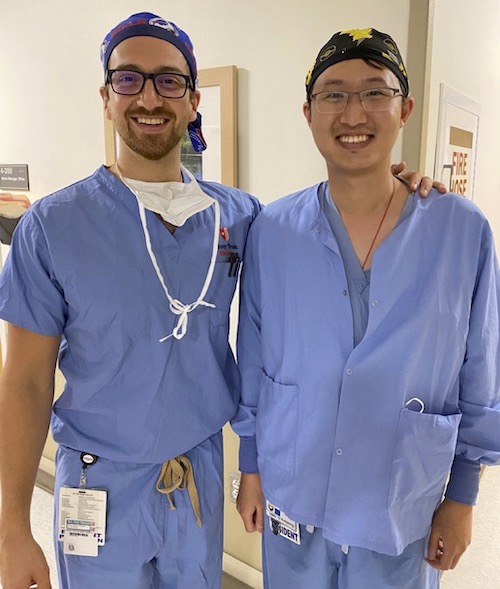
Photo Credit: Kalissa Zhang, MD We have 6 published manuscripts, and 3 additional articles in the ASA Monitor (the official news publication of the ASA). There are also thirty other projects in various stages of production and publication. Other exciting ventures include collaborating with other departments (thank you to everyone who took on the extra complexity of working outside the department umbrella); creating more academic opportunities for medical students interested in anesthesia; as well as optimizing the pathways for poster/ journal club presentation. How do medical students/residents/attendings become involved with AMEP? AMEP is centered around the goal of supporting academic development around everyone’s clinical duties. The concept of the AMEP started as a discussion in front of the main OR board and a lot of our projects were born out of curbside discussions at work. Whether your interest is to start a new project or get involved in an existing project, feel free to email, text, or curbside me. Unless I’m actively fulfilling a clinical duty, my door is always open. What’s next for you after graduating from residency? I’m planning to stay a generalist for now, while continuing with clinical research and academic mentorship. It would be amazing to be able to stay on as faculty in the department and pursue the physician-scientist track; while building on the academic mentorship program and ASA involvement. Fingers crossed! |
||
|
Interview with a Resident Researcher - Dr. Alexandra Tsivitis
Murad Elias, MD
CA-1 Residents, Drs. Alexandra Tsivitis and Sadiq Rahman , participated in recently-published research projects while in medical school. This month, I interviewed Alex about her past, present and future research efforts. Next month, I will present an interview with Sadiq. 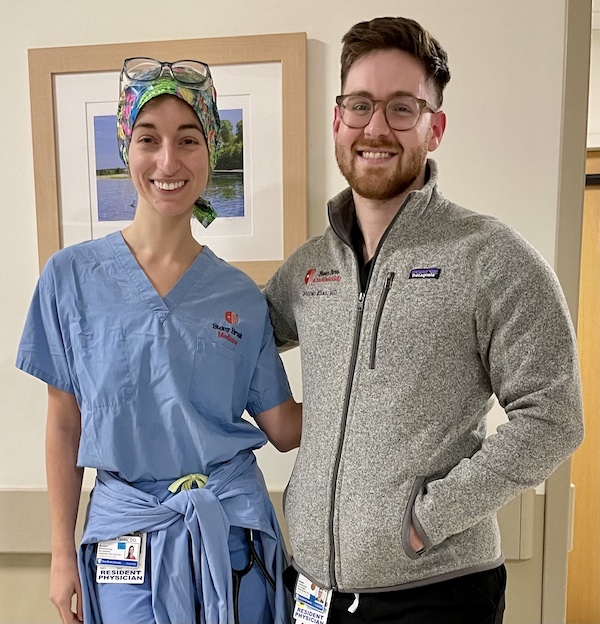
I worked as a volunteer in a basic science research lab studying atherosclerosis and tissue nonspecific alkaline phosphatase. I was involved in a wide variety of stages of research such as data collection, data analysis, and manuscript writing. What was the title of the project? Combined familial hypercholesterolemia and mineral bone disorder in chronic kidney disease: a mouse model That sounds interesting. What was your role in the project? I was able to contribute to many aspects of the project. I studied the effects of Chronic Kidney Disease (CKD) on vascular calcification and bone architecture using histology and micro CT, respectively, in mouse models. I performed blood draws, dissection, histology, microscopic photography, and micro CT experiments. I performed data analysis including the use of Dragonfly software to create three dimensional models of micro CT data. I was also involved in abstract and manuscript writing. I assisted newer students by reviewing research procedures and training them to use data collection and data analysis software. I presented the study abstract at a school poster presentation and the Osteopathic Medical Conference (OMED) in Baltimore, MD. This abstract was also published in the JAOA (Journal of American Osteopathic Association). The manuscript was published in Frontiers of Cardiology in February 2023. 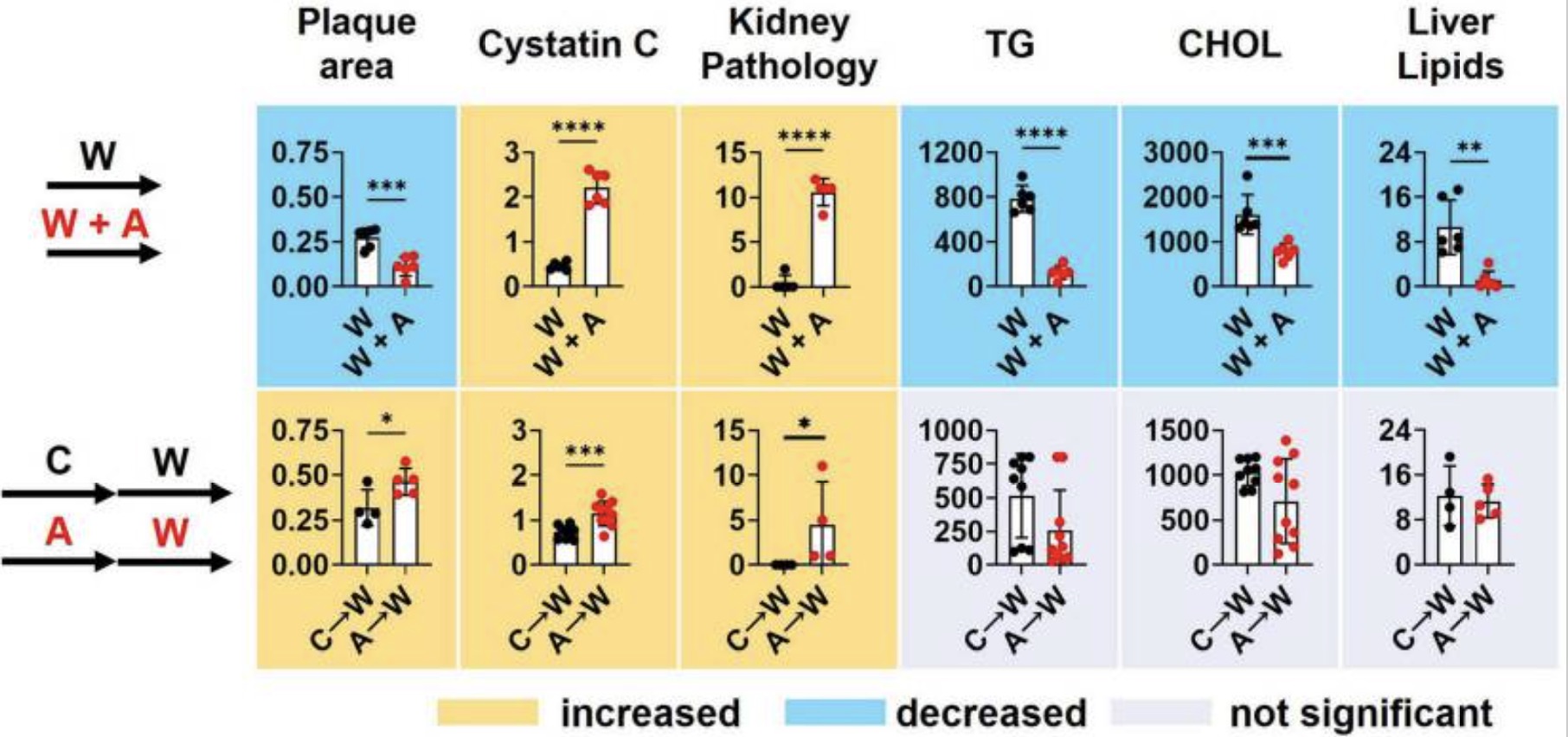
Summary figure (Fig 9) from the Frontiers of Cardiology manuscript Yes, another project I worked on was titled “Does endothelial tissue-nonspecific alkaline phosphatase (TNAP) play a role in intracranial calcification?” In this project, I studied the effects of TNAP expression on intracranial calcification. My responsibilities included mouse dissection, data collection such as microCT, data analysis including the use of Dragonfly software to create three dimensional models of micro CT data, statistical calculations, and abstract and manuscript writing. I presented abstract at the OMED in Baltimore, MD. The abstract was also published in the JAOA. That’s amazing! I understand that you are currently involved in some research projects. What inspired you to continue doing research even as a busy resident? I enjoy research in general. It expands my own knowledge base and contributes to the field of anesthesiology. I plan to pursue a pediatric anesthesiology fellowship, which naturally gravitates me to pediatric-focused research projects. I also have an interest in academic medicine and graduate medical education in the future as an attending physician. Tell me about some of the projects you’ve worked on as a resident. I was a member of the team who wrote the narrative review "Anesthesia, the developing brain, and neuroprotection." In this paper, we discussed the relationship between general anesthetics and neurotoxicity, pharmacology of dexmedetomidine, and clinical applications including dexmedetomidine in reducing postoperative delirium in the elderly population, as well as reducing emergence delirium/agitation in the pediatric population. I helped with the review, writing, and revision/editing processes. This was published in Frontiers of Neurology in June 2023 and I was the first author! 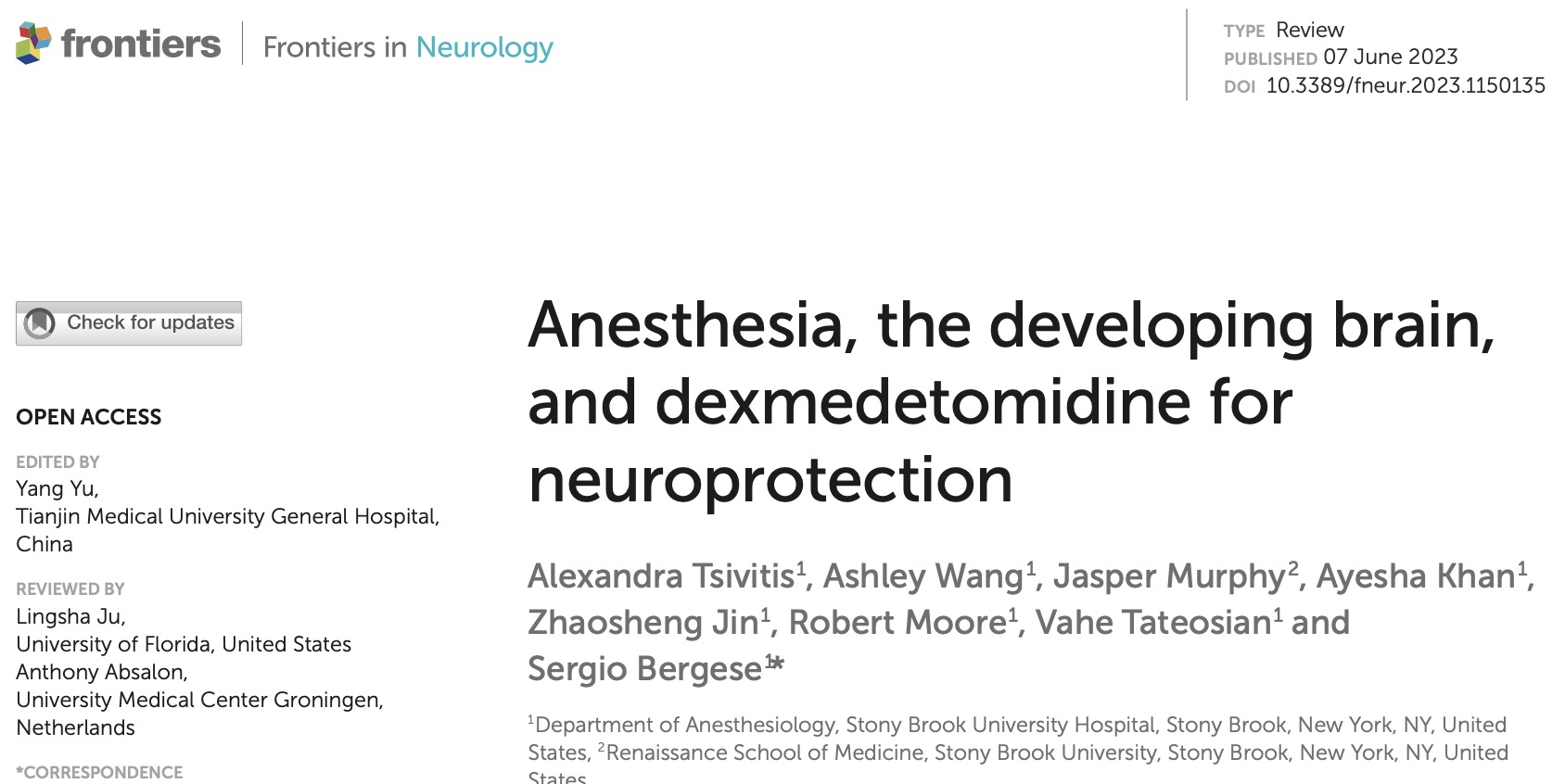
It sounds like you’ve done a lot of research already as a new CA-1. Is there anything else you're working on that you wanted to share with us? I’m currently involved in writing a narrative review discussing enhanced recovery after trauma surgery (ERATS) and ultimately hoping to develop guidelines for ERATS in the pediatric population. I am helping with the review and writing processes. Currently involved in writing a case report regarding anesthetic management of pediatric carotid artery dissection repair caused by a metal straw. I am helping with the writing and submission processes. |
|
Center for Pain Management
William Caldwell, DO
The Stony Brook Center for Pain Management recently moved to the Advanced Specialty Care Pavilion in Lake Grove at the Smith Haven Mall. It is Stony Brook Medicine’s newest and most spacious, multispecialty care facility. Featuring a modern, open-concept layout, occupying approximately 170,000 square feet, our new office more than doubles the square footage of our prior office. The office is equipped with 9 exam rooms, 3 fully functional fluoroscopy suites, and an 8 bay PACU area. The increased space was vital to accommodate our growing clinical practice and to continue to improve the educational experience for our medical students, residents, and fellows. 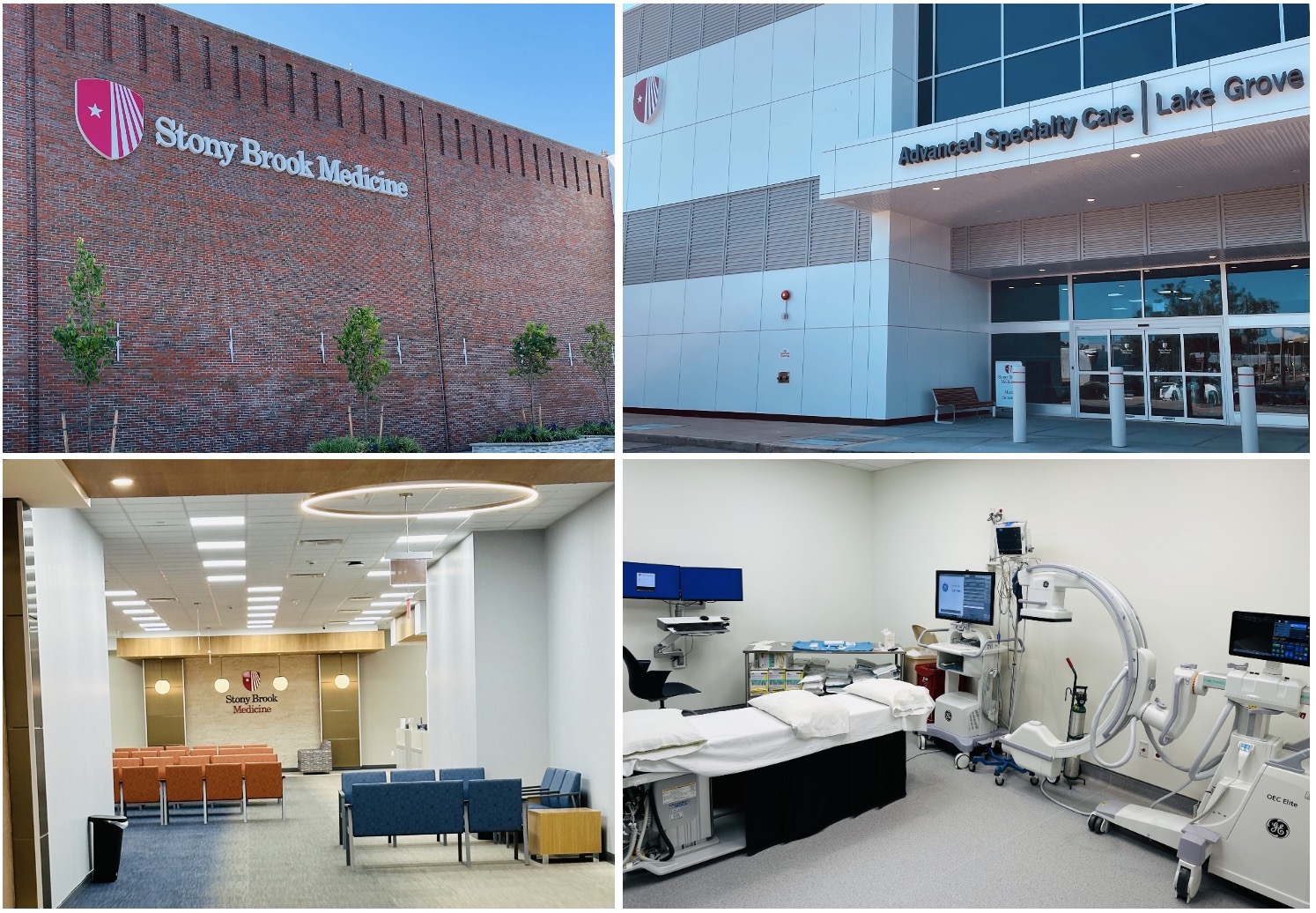
|
|
New Publications
These papers were all published between April through July 2023.
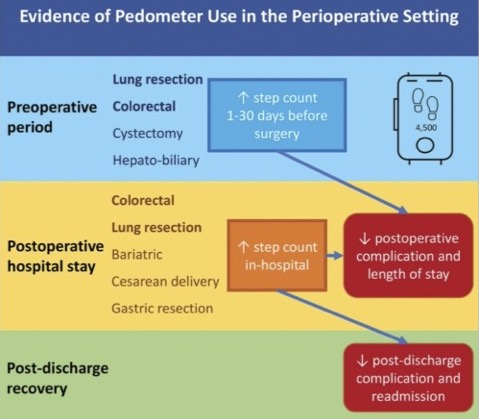
Jin et al 2023 Fig 3 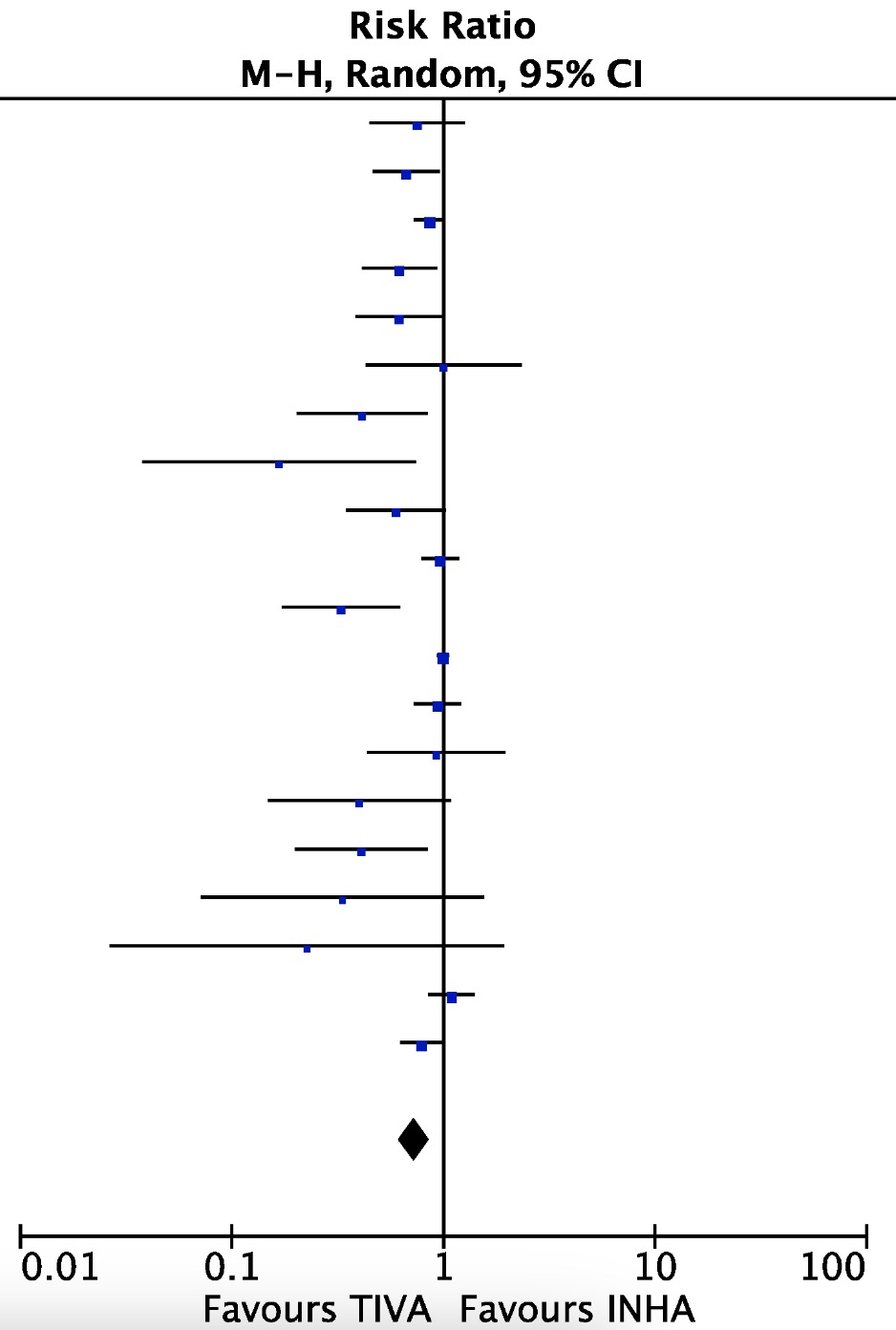
Li et al 2023 Fig 1 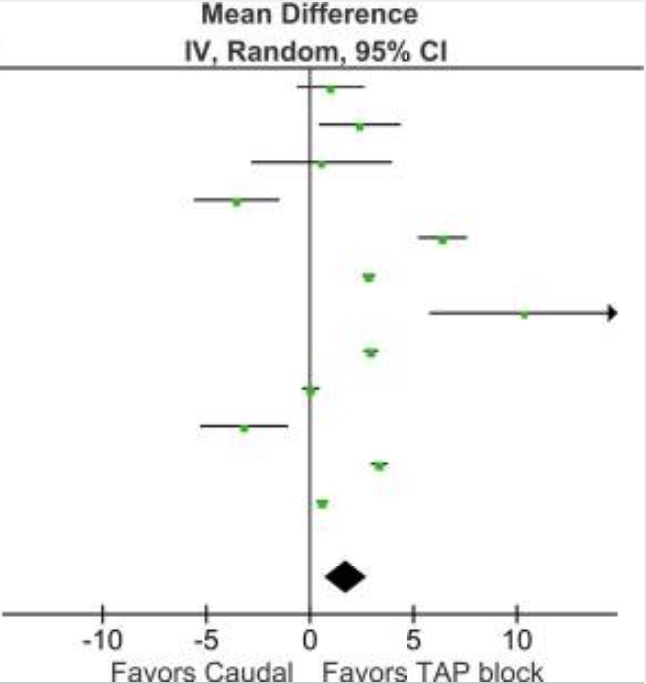
Hafeman et al 2023 Fig 4 |
|
Photography Corner
James P. Dilger, PhD 
Full moon over Cape Cod Bay with lights flashing from Long Point and Wood End Lighthouses. |
|
Where on Campus is That?
|
|
SleepTalker, the Stony Brook Anesthesiology Newsletter is published by the Department of Anesthesiology
Stony Brook Medicine, Stony Brook, NY Syed Shah, MD, Interim Chairman Editorial Board: James P. Dilger, PhD; Murad Elias, MD; Vincent Bargnes, MD |



